Archaeologists have discovered a 3,800-year-old textile in Israel’s “Cave of Skulls.” This rare artifact is dyed with a color known as “scarlet worm,” mentioned 25 times throughout the Old Testament.
The textile contains woolen threads dyed red interwoven with uncolored linen threads, creating a distinctive lattice-like pattern that speaks to the advanced textile techniques of the time.
Biblical Dye Process Decoded
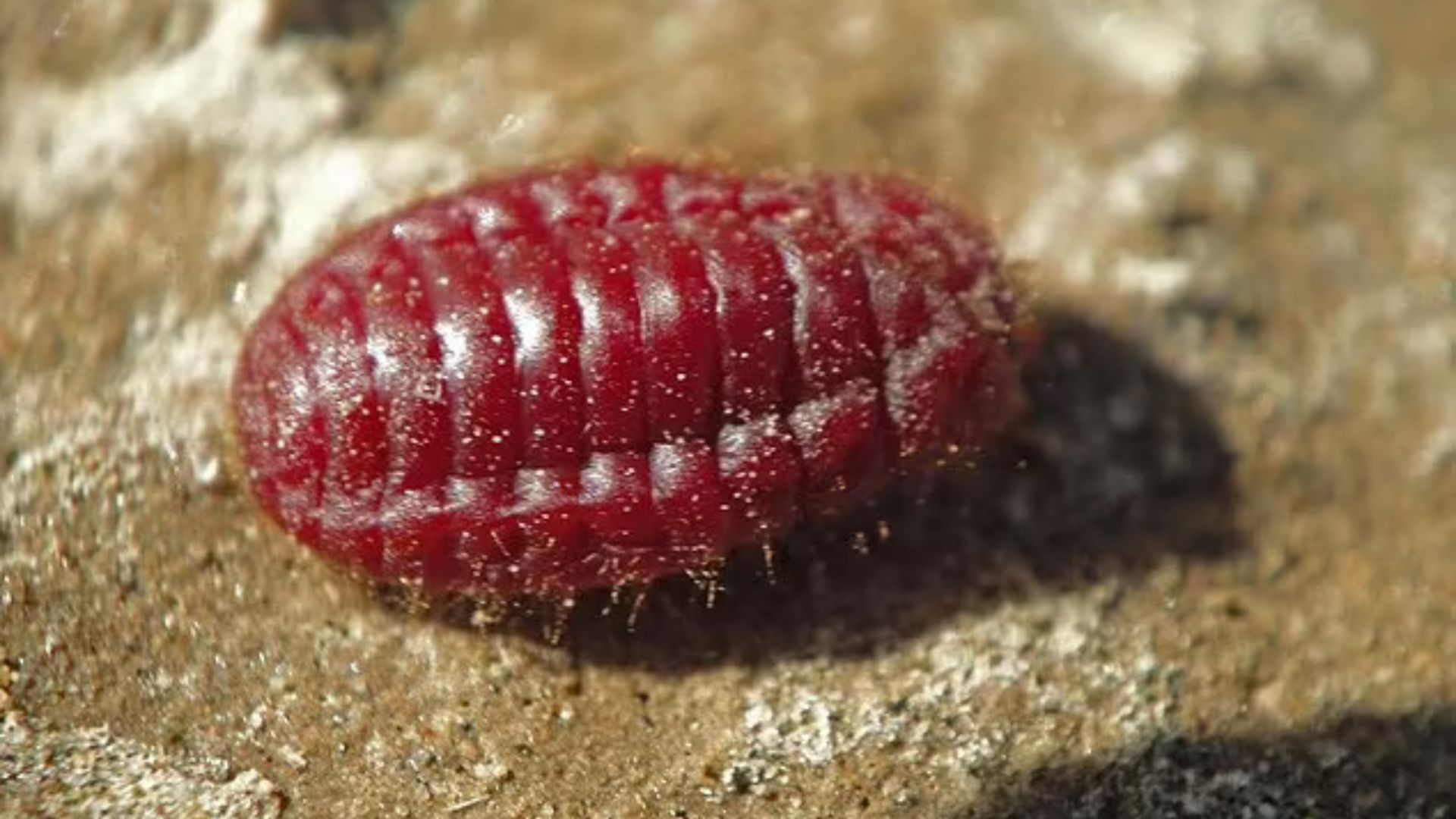
The red dye used in the ancient textile was derived from the “scarlet worm,” a term referring to a scale insect that thrives on oak trees.
The dye-making process involved grinding the carcasses and eggs of these insects into a powder after treating them with vinegar. This powder was then used to impart a rich red color to fabrics.
Collecting the Eggs
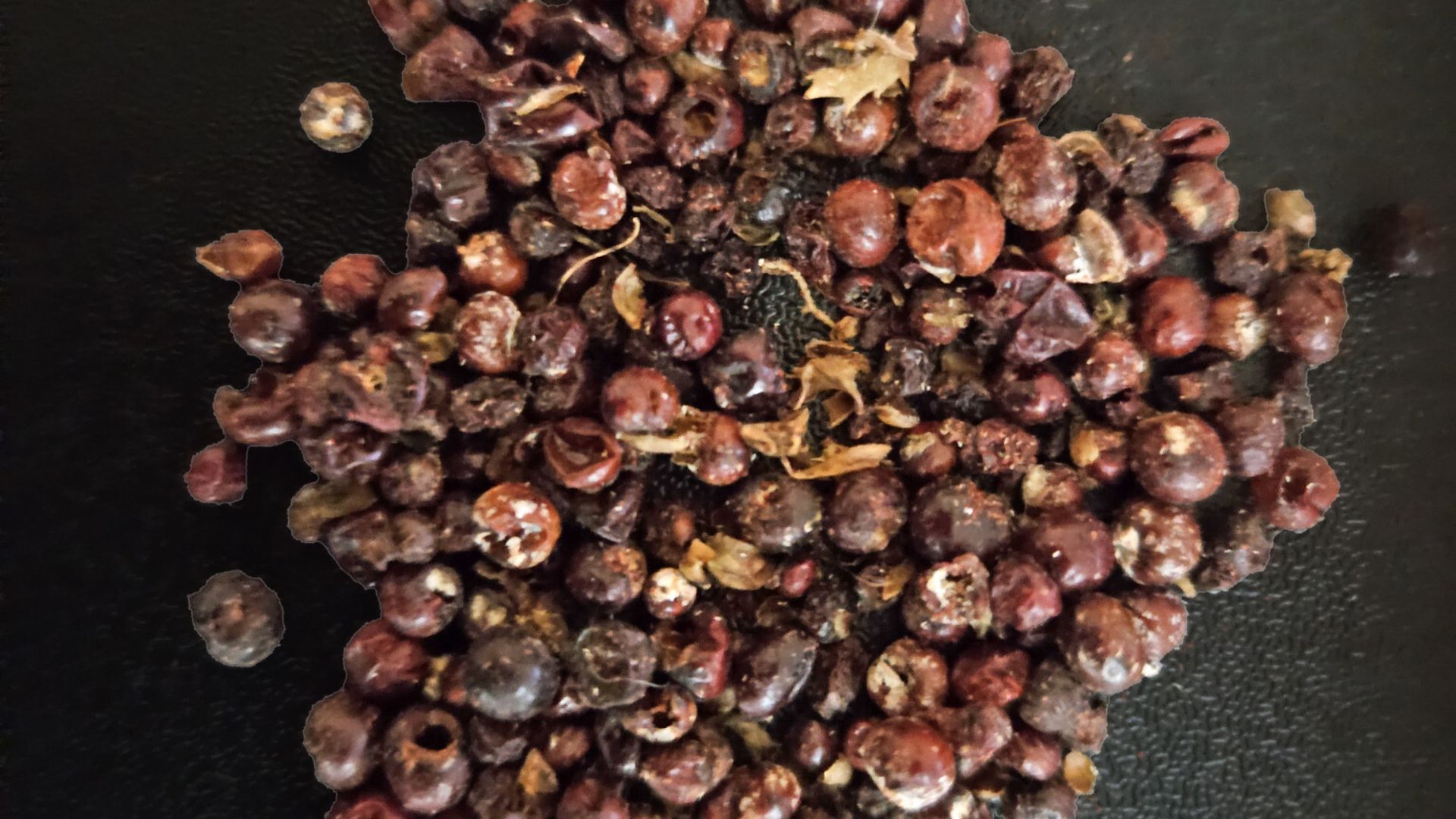
Curator of the Organic Material Collection at the Israel Antiquities Authority, Dr. Na’ama Sukenik, said collecting the insect’s eggs would have been a laborious undertaking.
“Collecting these kermes was done in a very short window of time – one month out of the year, in the summer, after the female laid her eggs but before they hatched – when the amount of dye was greatest,” Sukenik said.
It Was Difficult to Find the Eggs

It was extremely difficult to find the eggs used to make the dye. This was not only because they were produced at a specific time of the year, but also because of they were hard to locate.
Dr. Sukenik said that the eggs were difficult to locate “due to their small size (between 0.1 to 0.3 inches) and their camouflage colors, that make them difficult to locate.”
An Ancient Garment

Regardless of the reference to scarlet dye in historical and religious texts, this dyed fabric is a groundbreaking discovery in its own right.
Made from linen and wool, the cloth has been dated using direct radiocarbon to the Middle Bronze Age, specifically between 1954 and 1767 BC. This is the oldest piece of fabric discovered that has been dyed using insects.
The Use of Scarlet Dye
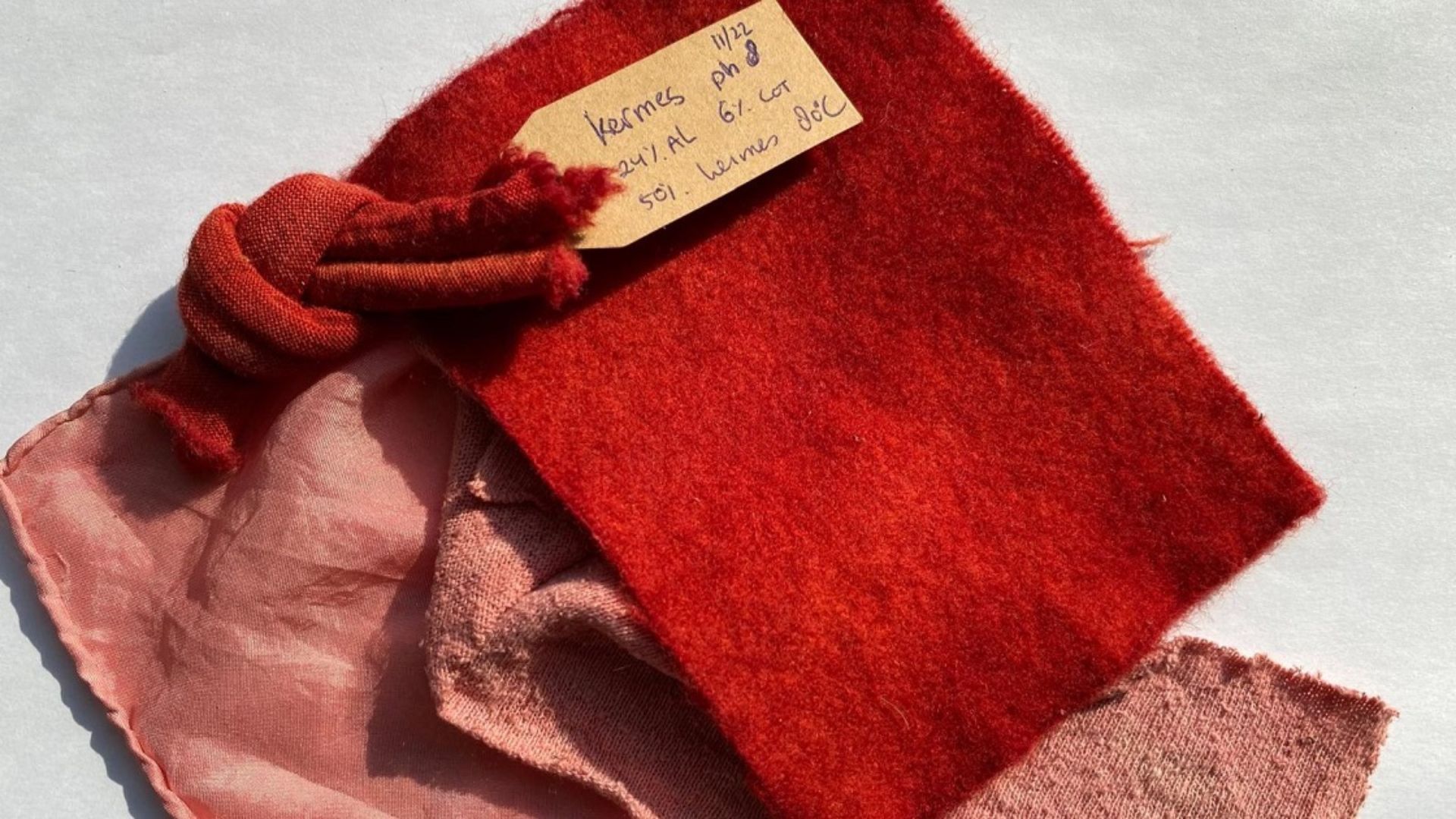
In Hebrew, the scarlet dye is known as shani or tola-at shani, meaning crimson worm.
The dye is featured several times in the Old Testament either alone or alongside other precious dyes. Other valuable dyes included blue and purple pigments made from marine snails. Purple was also thought of as an extremely valuable and luxurious color as well as scarlet.
In the Judean Desert

It is a mystery why the fabric ended up in the Cave of Skulls in the Judean Desert, as the kermes vermilio lives far away from the site. The insects actually came from the Central and Eastern Mediterranean region.
Dr. Sukenik added, “The rare textile is a testament to broad international commercial networks functioning already at this time and indicates the presence of an elite society.”
Detailed Weaving Techniques
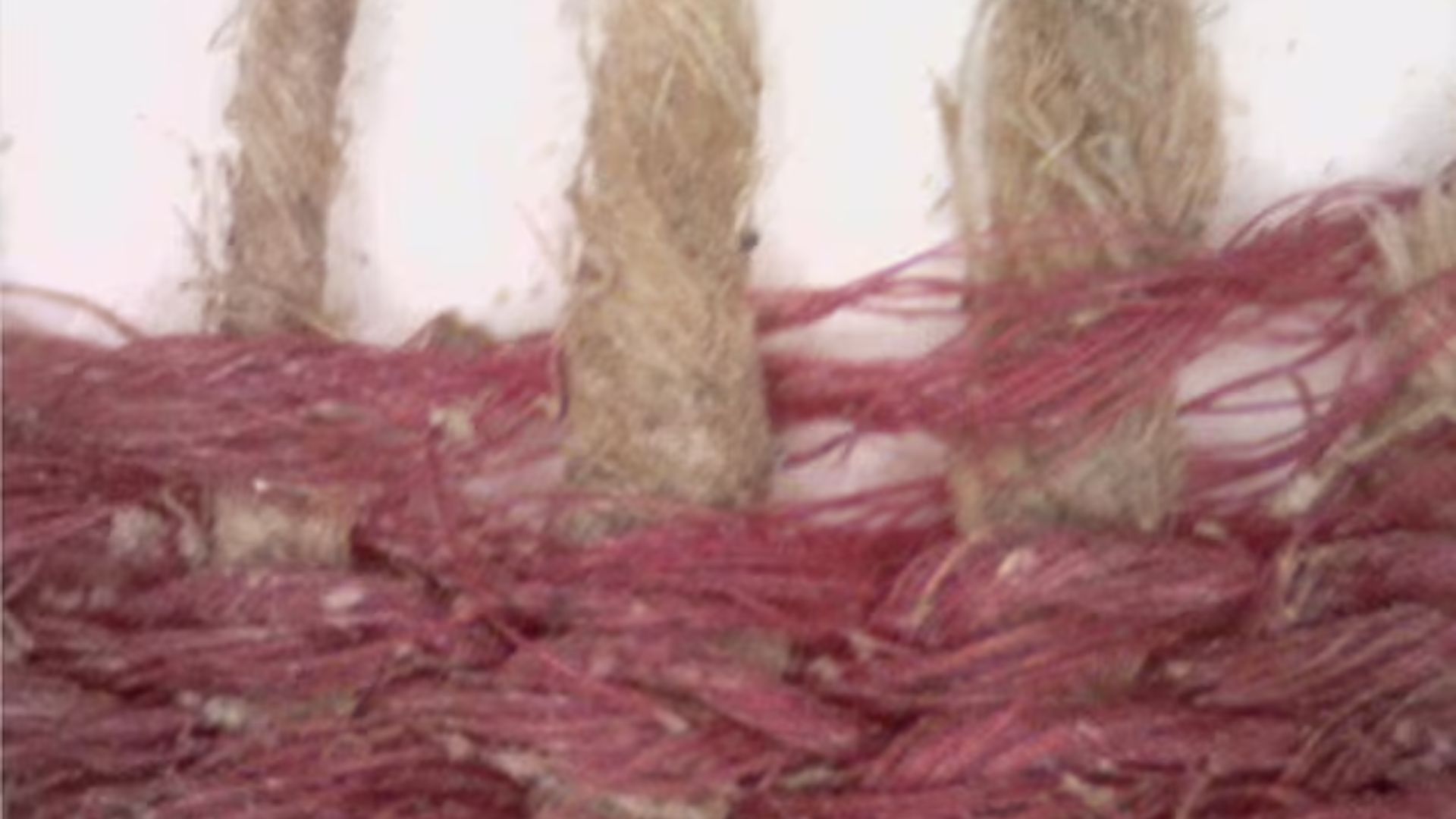
The discovered textile features a complex weave, described as a “weft-faced tabby.” Approximately 50 threads per centimeter were used in the weft, with the warp featuring about 10 threads per centimeter.
The weft threads are tightly arranged, while the warp threads are more spaced out, indicating a deliberate design choice to highlight the red color.
Advanced Analytical Methods Applied

Researchers employed high-performance liquid chromatography (HPLC) to analyze the dye. This technique allows for the separation of compounds in a mixture, facilitating the identification of the specific pigments used.
Comparisons with a database of known chemical components confirmed the presence of kermesic acid that was secreted by the insects used for the dye.
Historical Significance of the Color Red

According to the study published in the Journal of Archaeological Science, “The red hue, ranging from orange to pink and crimson, has held significant historical symbolism and importance.”
This suggests that the choice of color was not merely aesthetic but carried deeper cultural or symbolic meanings.
Scarlet’s Biblical and Historical References
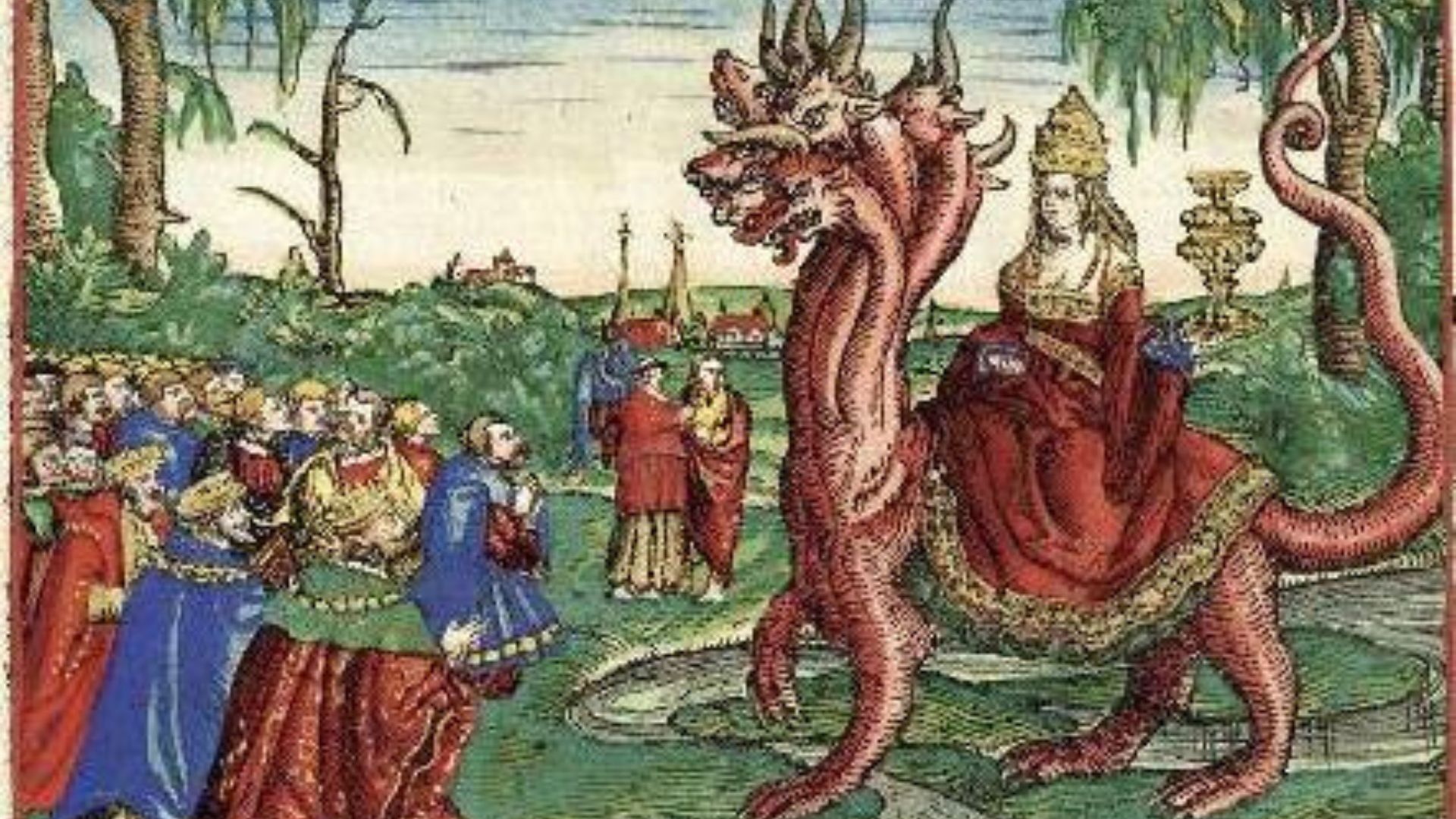
The color red, particularly the scarlet dye from the “scarlet worm,” appears frequently in historical texts, symbolizing wealth, status and divinity.
It is detailed extensively within the Bible and is often associated with high status or sacred items, emphasizing its significance across different periods and cultures.
A Status Symbol

The Bible refers to the “scarlet worm” color 25 times alongside Tekhelet, a fine blue, and Argaman, a shade of purple.
In 2 Samuel 1:24, the writer says, “Daughters of Israel, weep for King Saul, who clothed you in scarlet and finery, who adorned your garments with ornaments of gold.” The excerpt suggests that the color red was a valuable commodity to come across.
Economic and Cultural Impact of Red Dye
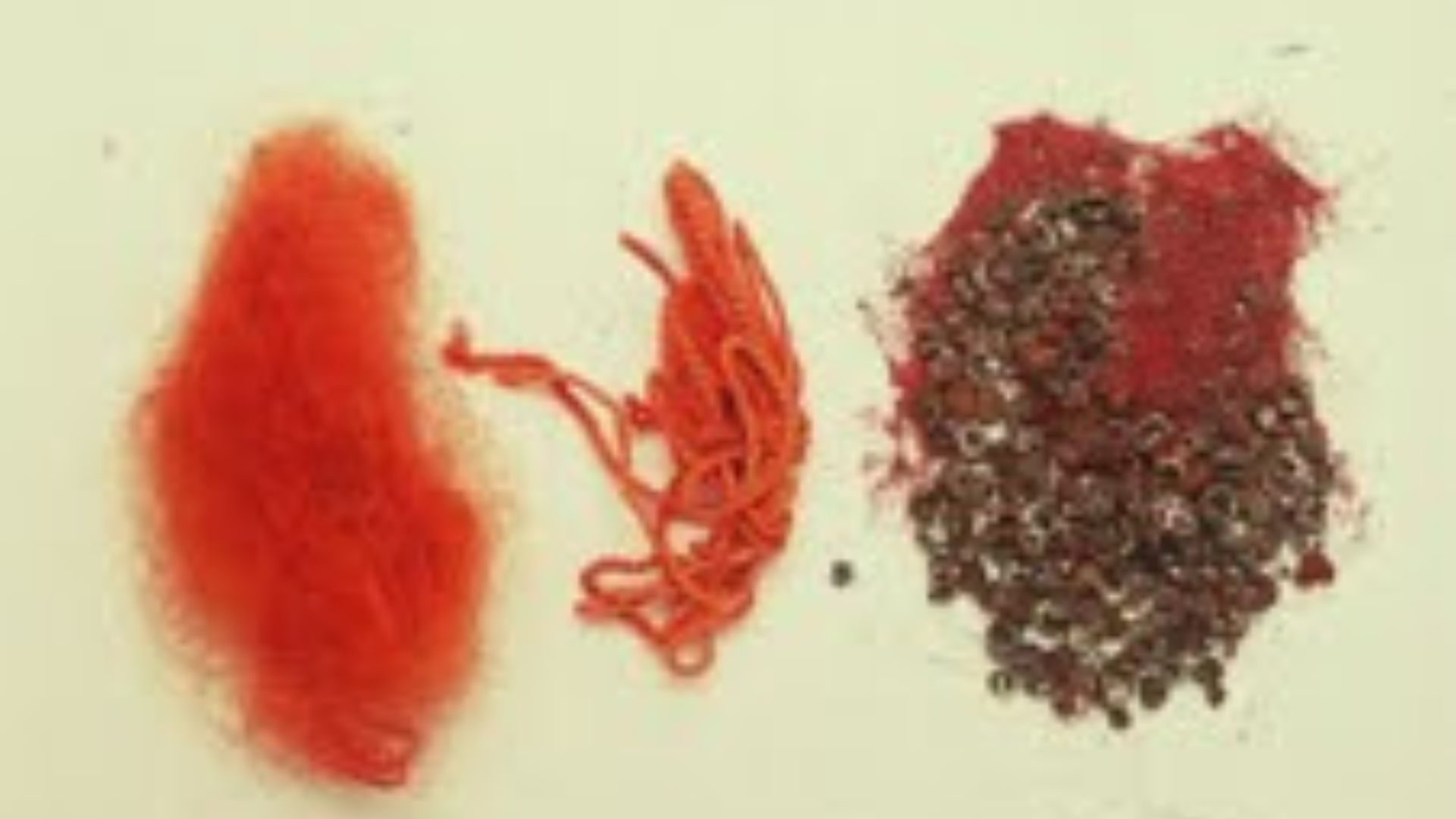
The extraction and application of red dye from the Kermes insect was a significant economic activity, suggesting a well-established trade network.
This dye was highly valued, not just for its vibrant color but also for its rarity and the labor-intensive process required to produce it.
Widespread Use in Ancient Documentation
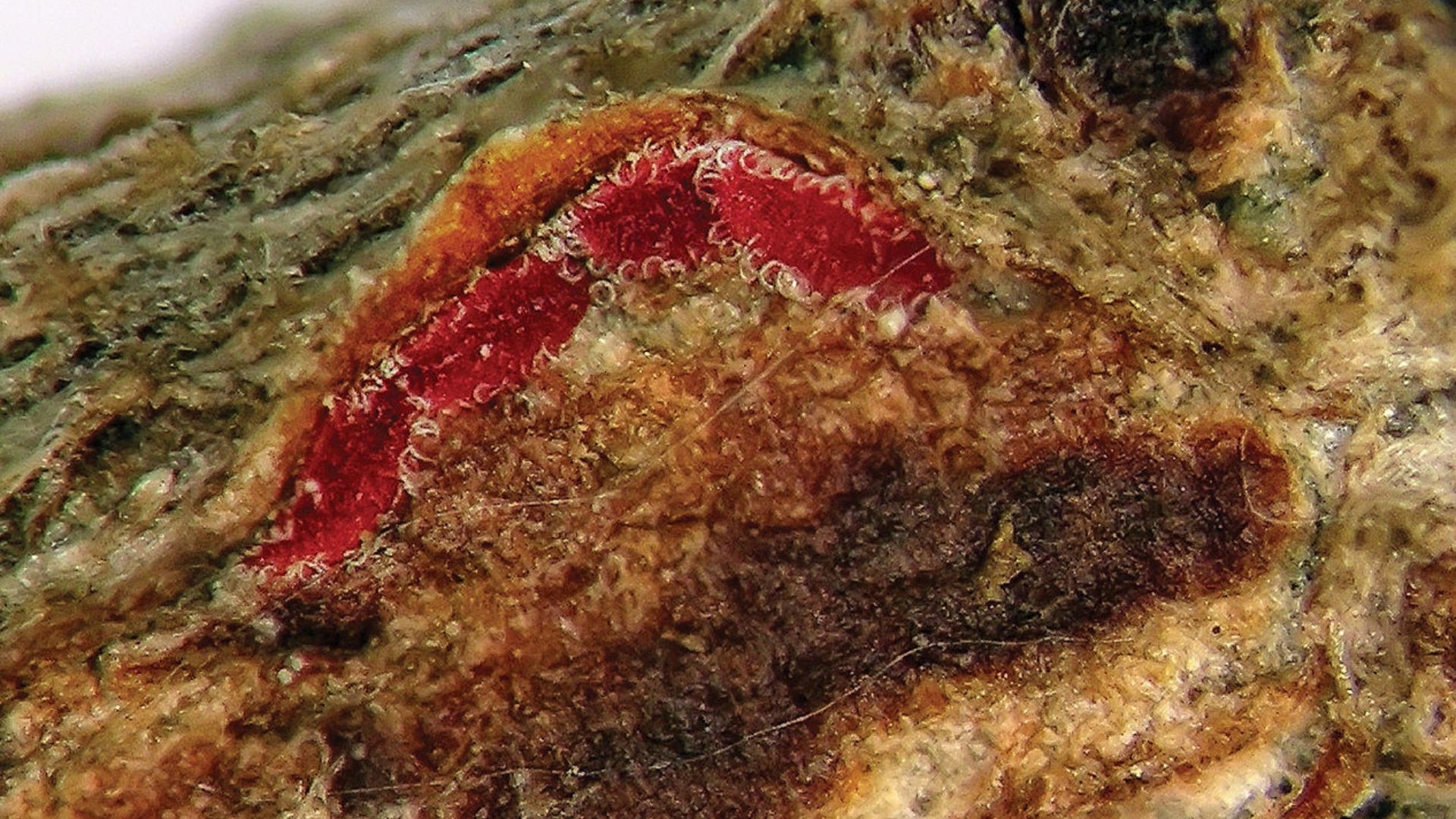
The importance of red dye is illustrated by its mention in ancient documents, such as the Stockholm papyrus, which dates back to between 200 and 100 BC.
This document contains recipes for dyes and offers insights into the broader uses and value of such materials in ancient societies.
A Valuable Commodity

In the Stockholm papyrus, there are 154 recipes for dyeing, coloring gemstones, cleaning pearls and imitation gold and silver. The manuscript dates back to 200 and 100 BC.
The red kermes dye is also mentioned in ancient trade documents, such as in cuneiform tablets from the first known human civilization of Mesopotamia, dating back to 1425 BC. Scarlet dye was a very valuable trading tool for centuries.
Textiles Are Hard to Find
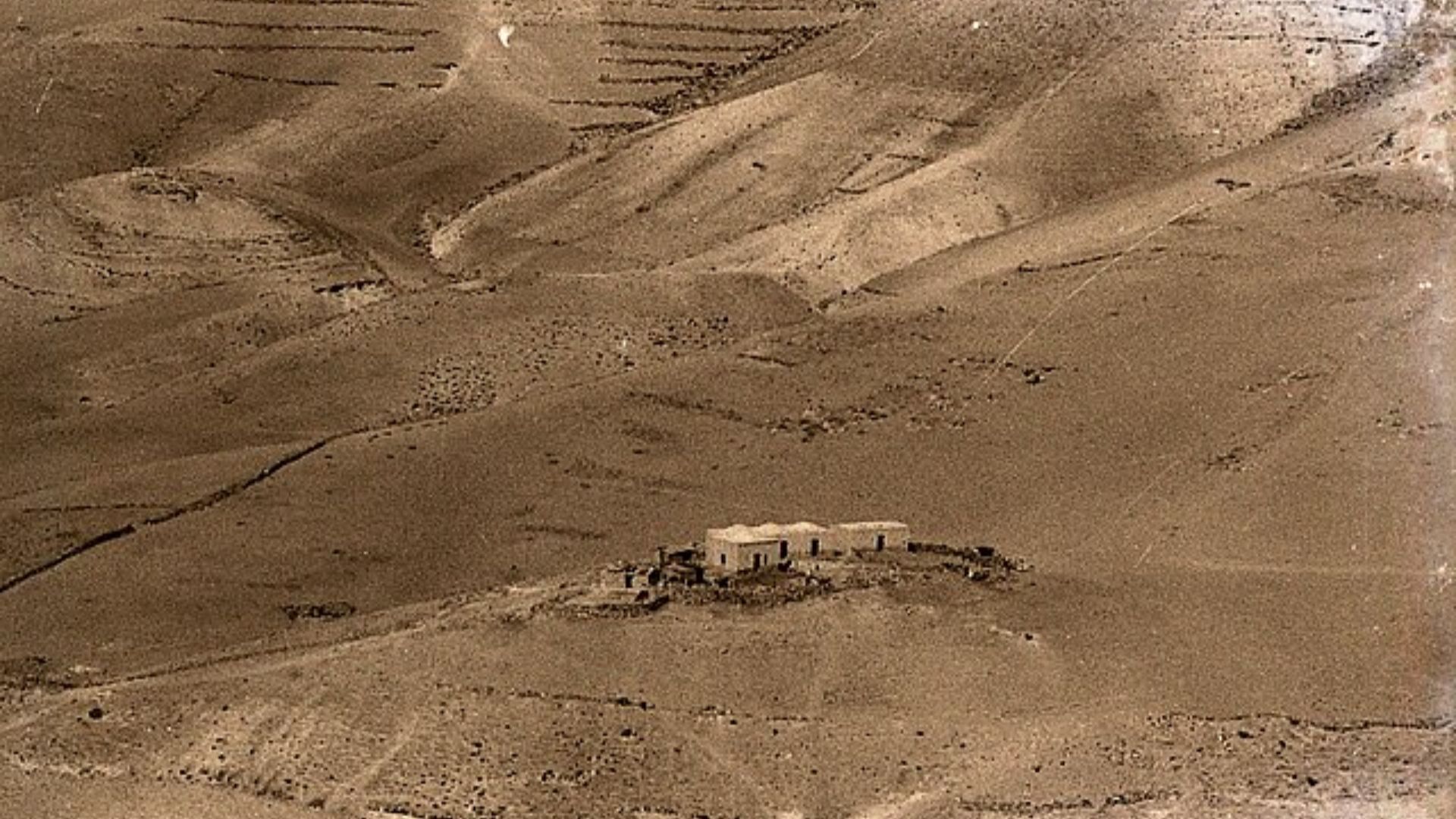
In the field of archaeology, textiles are notoriously hard to find, making the unveiling of this dyed fabric a momentous discovery,
Textiles are rare to stumble upon due to their perishable nature. Garments tend to decompose relatively quickly compared to other artifacts like pottery. Their preservation is only possible under very special conditions like in the caves of the Judean Desert.
Biblical Reference to the Dye
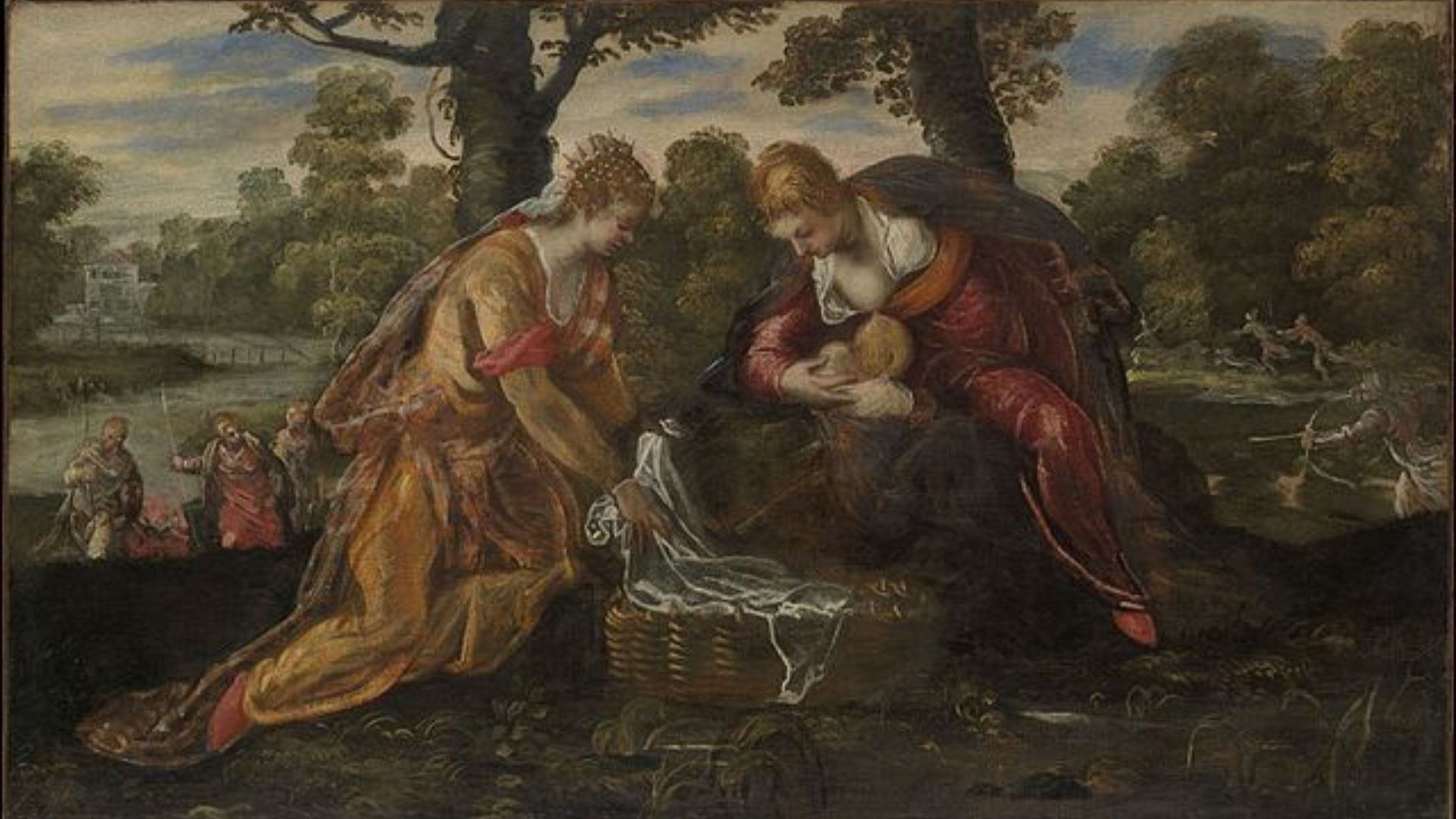
The Old Testament refers to the deep red color throughout the different books. Several times in the book of Exodus, which tells the story of Moses, the dye is mentioned.
Specifically, Exodus 26:1 reads: “Make the tabernacle with ten curtains of finely twisted linen and blue, purple and scarlet yarn, with cherubim woven into them by a skilled worker.”
Indications of an Elite Society
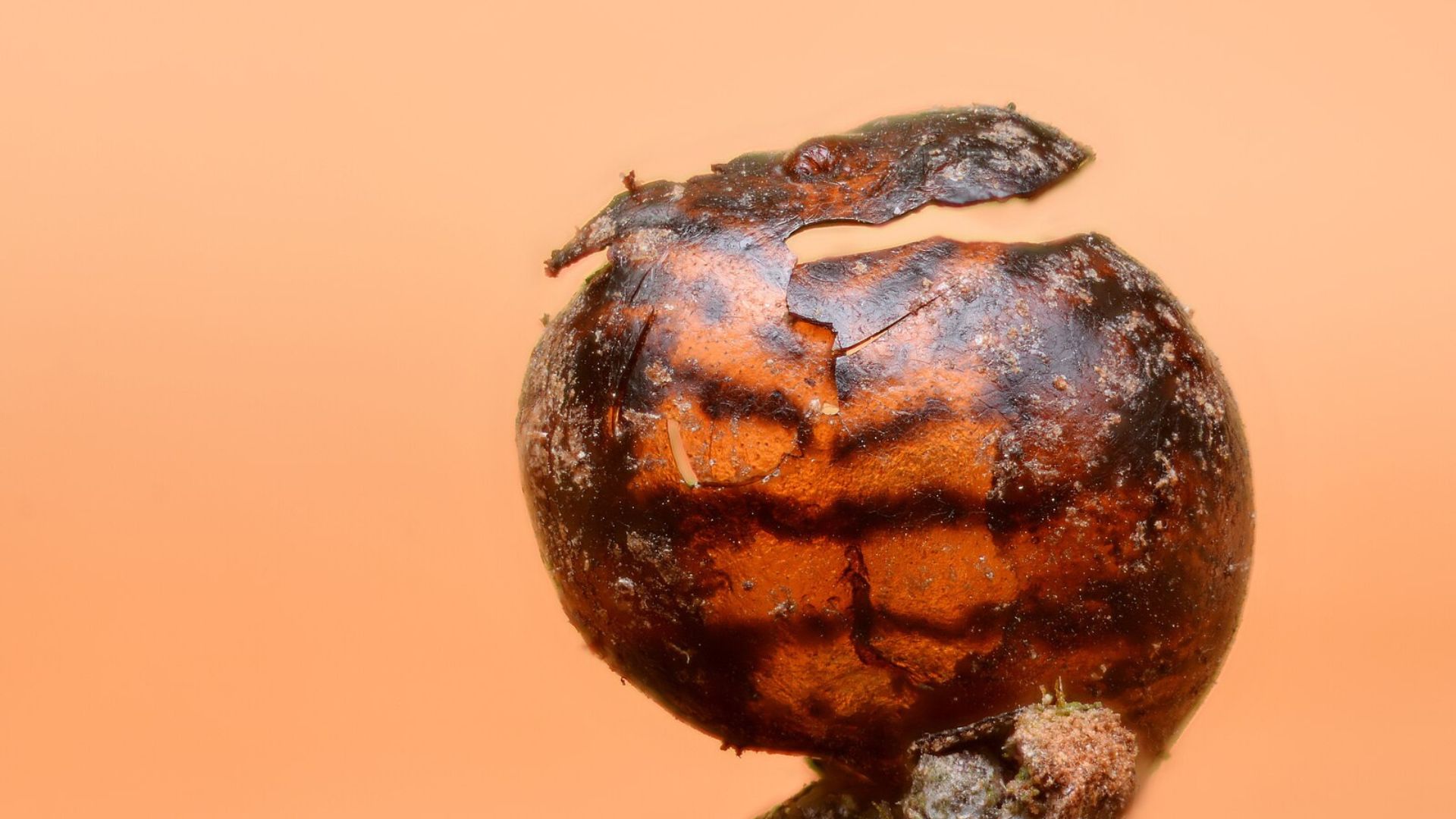
The sophistication of the textile and its dye points to the presence of an elite class within the society of the time.
Such high-quality materials would likely have been accessible only to those of considerable wealth and status, indicating structured social hierarchies.
Linguistic and Zoological Knowledge of Ancient Peoples

Professor Zohar Amar of Bar-Ilan University explained, “The term ‘worm’ in ancient times was a general term for various insects and their developmental stages.”
This reflects the ancient peoples’ understanding of natural processes and their capacity to utilize such knowledge practically.
Linking Archaeological Finds With Historical Records
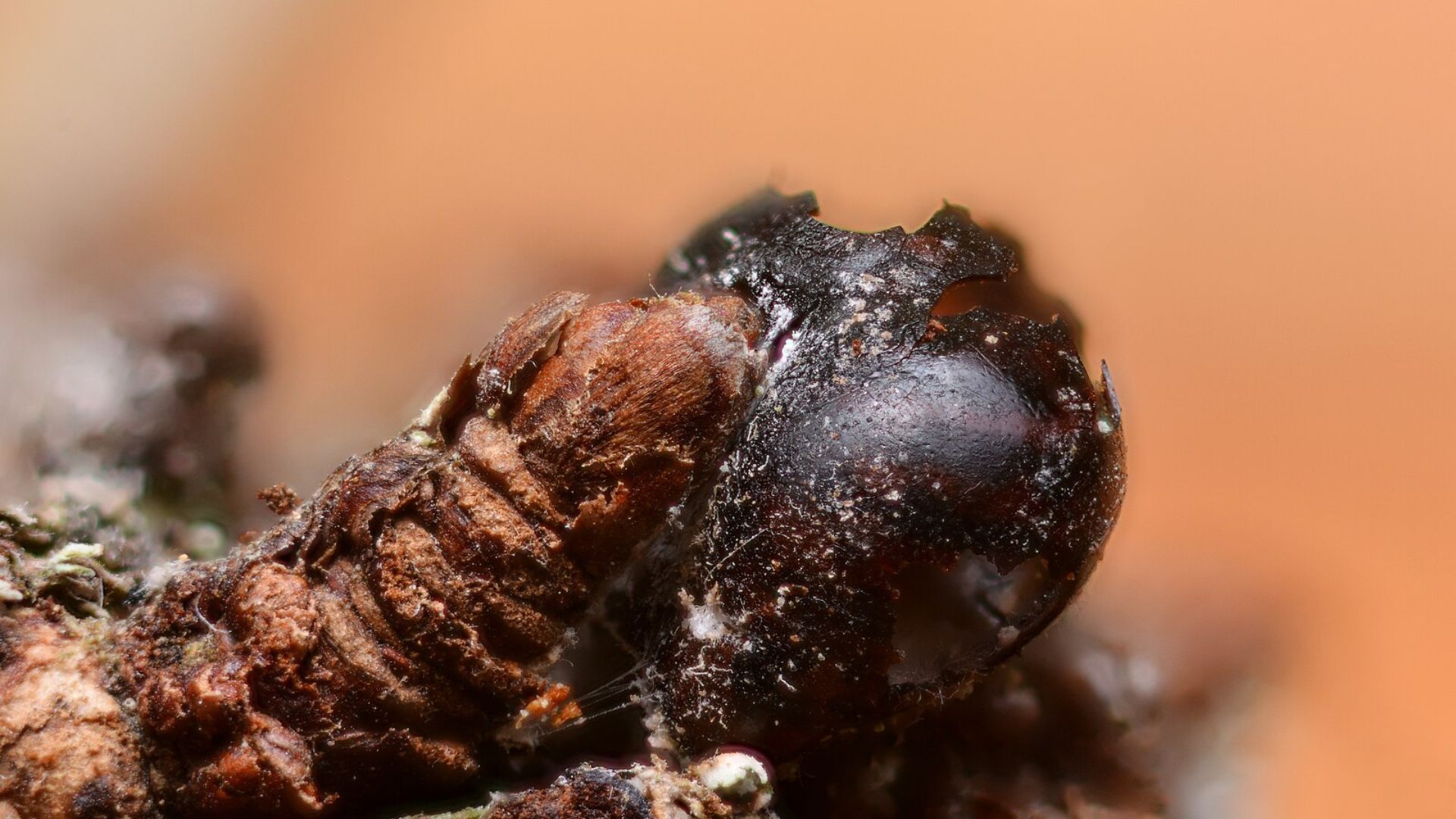
Dr. Naama Sukenik from the Israel Antiquities Authority noted, “This advanced analytical method enabled us to pinpoint the dye’s origin down to the exact species of scale insect.”
This ability to connect archaeological discoveries with historical texts enriches our understanding of ancient technologies and economies.
Continuity of Ancient Dyeing Practices to Modern Times
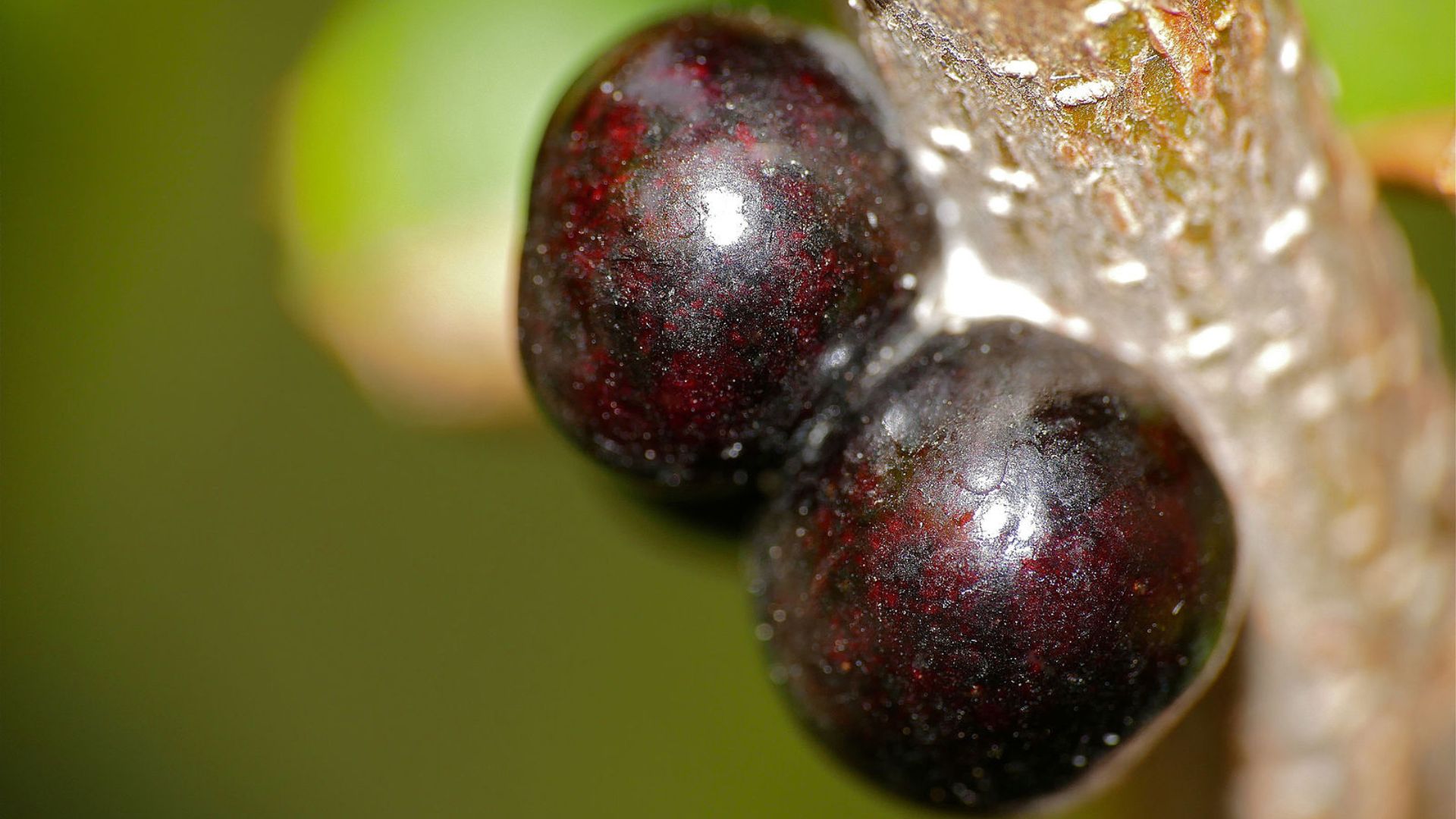
The use of scale insects for red dyeing continues in some regions today, demonstrating the enduring legacy of ancient dyeing techniques.
This continuity highlights the transmission of knowledge and practices across millennia, bridging ancient and contemporary textile crafts.
Similar Techniques
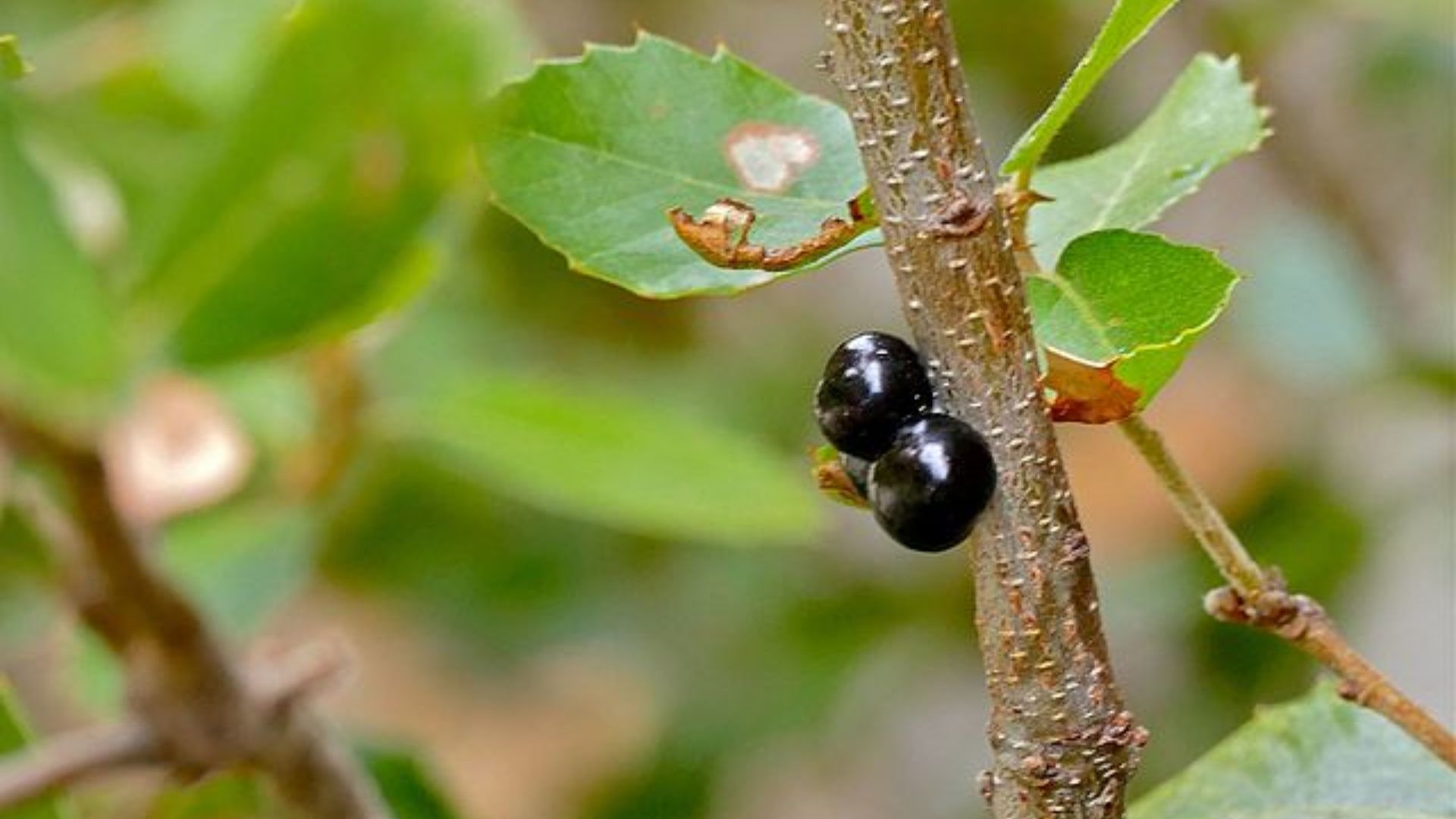
The use of scarlet worms for red dye is not particularly unique as people have used certain animals and insects all over the world to create red dyes.
“To this day, in South America, another species of cochineal scale insect, which lives on certain species of cacti, is used for dyeing textiles,” said Amar.
What Makes This Dye Unique?

What makes this dye stand out is not only the number o times it is mentioned in religious texts like the Bible.
Despite the evidence that demonstrates the use of plants and insects to create red dyes across the ancient world, very few textiles were dyed with kermes insects that predate the Roman period. This discovery gives greater insight into what life was like during this historical period.
An Important Find

What does the discovery of this dyed fabric mean to the archaeologists who have discovered it? Firstly, the suggestion of an elite society paints a clearer picture of what society looked like during this period.
Dr. Sukenik said: “The important find bridges the gap between written sources and the archaeological discoveries, providing evidence that the ancient textile dyeing industry was – already at this stage, sufficiently established for dyeing using animals.”
